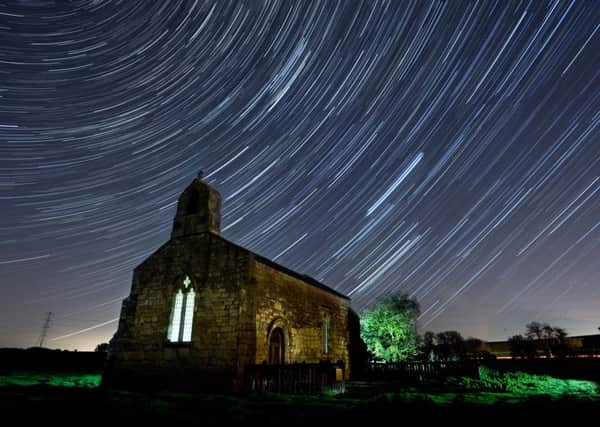Starring role for Yorkshire chapel that answered TV prayers


The chilling tale of Victorian serial killer Mary Ann Cotton draws to its murderous conclusion tonight. Starring Whitby actress Joanne Froggatt, the drama was filmed almost entirely in Yorkshire and is another feather in the cap for Screen Yorkshire.
The county is seen as attractive for filmmakers largely because of the diversity of locations. Within a few square miles, Yorkshire can offer rolling hills, industrial towns, waterways and a wealth of historic buildings like this redundant Anglican chapel, which also recently featured in Dixe Wills’ new book Tiny Churches.
Advertisement
Hide AdAdvertisement
Hide Ad“It cuts a bit of an Eeyore-like figure,” he says. “It’s a tiny thing sitting alone in a boggy field, but it wasn’t always like that. Once upon a time this chapel was an opulent place, but the reason I included it was because of its association with Palm Sunday, 1461 and the Battle of Towton, which saw Edward, Duke of York tear the crown from Henry VI of Lancaster.
“It was the bloodiest battle ever fought on English soil and the Cock Beck stream which visitors have to cross to reach the church is said to have run red with the blood of the 10,000 men who lost their lives and the many more who were injured.
“It may be small, but like so many of these churches there is so much to see. The first surprise comes when you turn to close the door and find that it has had important events in the life of the church scribbled all over it.”
Like many places of worship, over the centuries the fortunes of St Mary’s have waxed and waned and it might have crumbled into obscurity had it not been for a group of walkers in the 1930s who brought it back from the brink. As well as general repairs, they also installed the stone altar, and ever since the chapel has been known as the Ramblers’ Church.
Tech Details: Composite image of 130 frames taken using a Nikon D4, 17-35mm f2.8 Nikkor lens, 25sec @ f5, 2000 ASA.